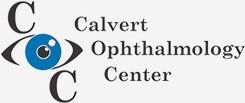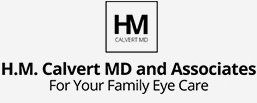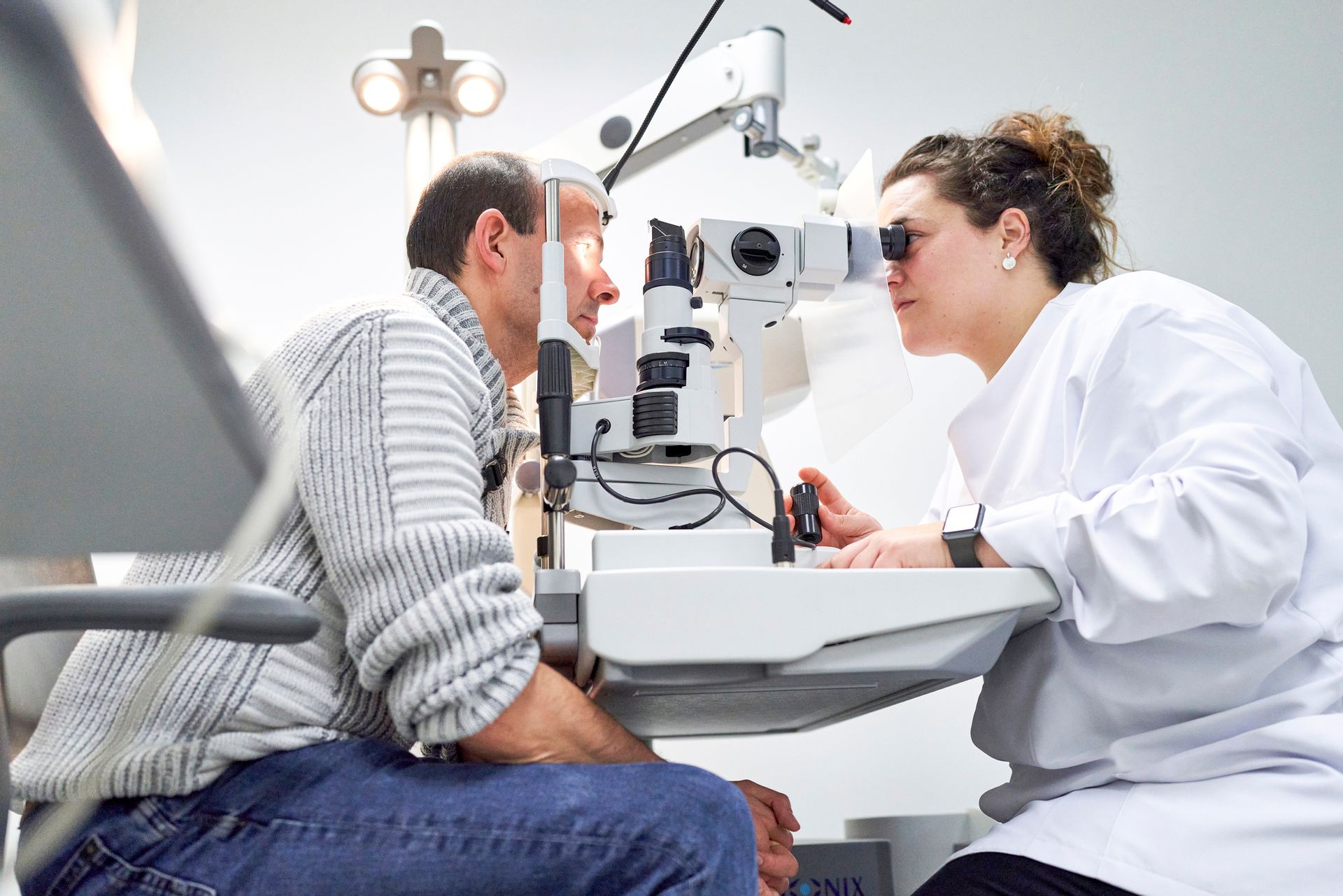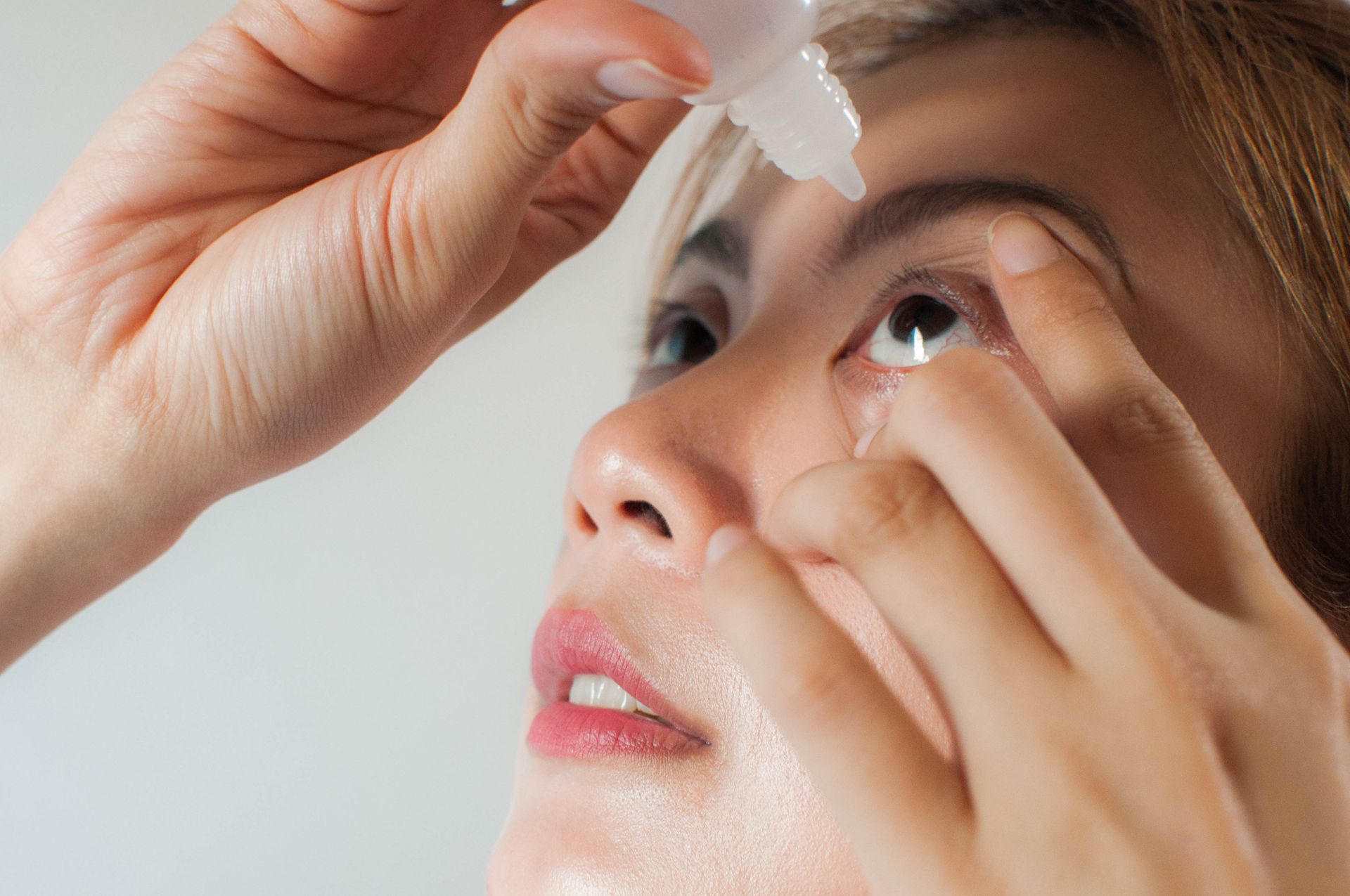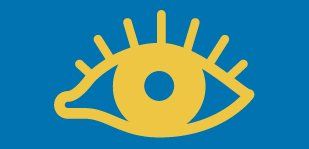Age-Related Eye Problems
- By No Author
- •
- 15 Dec, 2023
- •
Vision problems are common as people age. Some age-related eye problems, such as presbyopia, are natural and can be corrected with glasses or contact lenses. Others, such as cataracts and glaucoma, can cause serious vision loss if not treated.
Dry Eye
Dry eye is a common age-related eye problem. It occurs when the tear glands do not produce enough tears or produce poor-quality tears. This can cause a burning or stinging sensation, a sandy feeling in the eyes, and blurry vision.
Floaters
Floaters are tiny specks that float across the field of vision. Tiny particles in the vitreous humor, the clear gel that fills the eye, cause them. Floaters are usually harmless and do not require treatment. However, a sudden increase in floaters could be a sign of a more serious problem, such as a retinal tear.
Glaucoma
Glaucoma damages the optic nerve, which carries images from the eye to the brain. And, unfortunately, glaucoma is a major cause of blindness. There are two main types of glaucoma:
- Open-angle glaucoma develops gradually, and there are usually no early symptoms. This is why it is important to have regular eye exams, especially as you get older.
- Closed-angle glaucoma is less common but can be more serious. It happens if the space between the iris and cornea is very narrow or closed, which can block fluid flow out of the eye. This can cause an unexpectedly increased eye pressure, leading to vision loss if not treated immediately.
Age-Related Macular Degeneration
Age-related macular degeneration (AMD) is a progressive eye condition that primarily affects elderly people, leading to the deterioration of the macula—a crucial part of the retina responsible for central vision. There are two main types of AMD: dry and wet.
Dry AMD, the more common form, involves the gradual breakdown of light-sensitive cells in the macula, resulting in a slow loss of central vision. Wet AMD is characterized by abnormal blood vessel growth beneath the macula, which can leak blood and fluids, causing rapid and severe vision loss.
The exact cause of AMD is unclear, but age, genetics, and lifestyle factors such as smoking and poor diet contribute to its development. Symptoms include blurred or distorted vision, difficulty reading, and challenges recognizing faces. Although there is no cure for AMD, early detection through regular eye exams is crucial.
Treatment options, such as anti-VEGF medications for wet AMD, aim to slow disease progression and manage symptoms. Lifestyle modifications, like a nutrient-rich diet and avoiding smoking, can also play a role in reducing the risk of AMD.
Cataracts
Cataracts are characterized by the clouding of the eye's natural lens, leading to blurred vision and visual impairment. The lens, which is situated behind the iris and pupil, focuses light onto the retina for clear vision. As you age, proteins in the lens may coalesce to create a cloudy substance—the cataract. This cloudiness obstructs the passage of light, resulting in diminished vision.
The development of cataracts is often a gradual process, and symptoms may include hazy vision, increased sensitivity to glare, and difficulty distinguishing colors. While aging is a primary factor, other contributors include prolonged sun exposure, smoking, certain medications, and underlying health conditions like diabetes.
Cataracts can significantly impact daily activities, but surgical intervention is needed. For example, a specialist can remove the cloudy lens and replace it with an artificial intraocular lens. With advancements in surgical techniques, cataract surgery is generally safe and has a high success rate, restoring clarity and improving overall visual acuity for many individuals.
Eyelid problems
Eyelid problems can include drooping eyelids (ptosis) and ectropion (outward turning of the eyelid). Several things, including aging, muscle weakness, and scarring, can cause these problems.
You should schedule regular eye exams for early detection and treatment of age-related eye problems. Contact Calvert Ophthalmology Center for more information.